A few months ago some soap makers were discussing how they spilled some lye in their workspace. They talked about how they doused the area with a jug of vinegar to clean up the chemical spill (lye is a chemical).
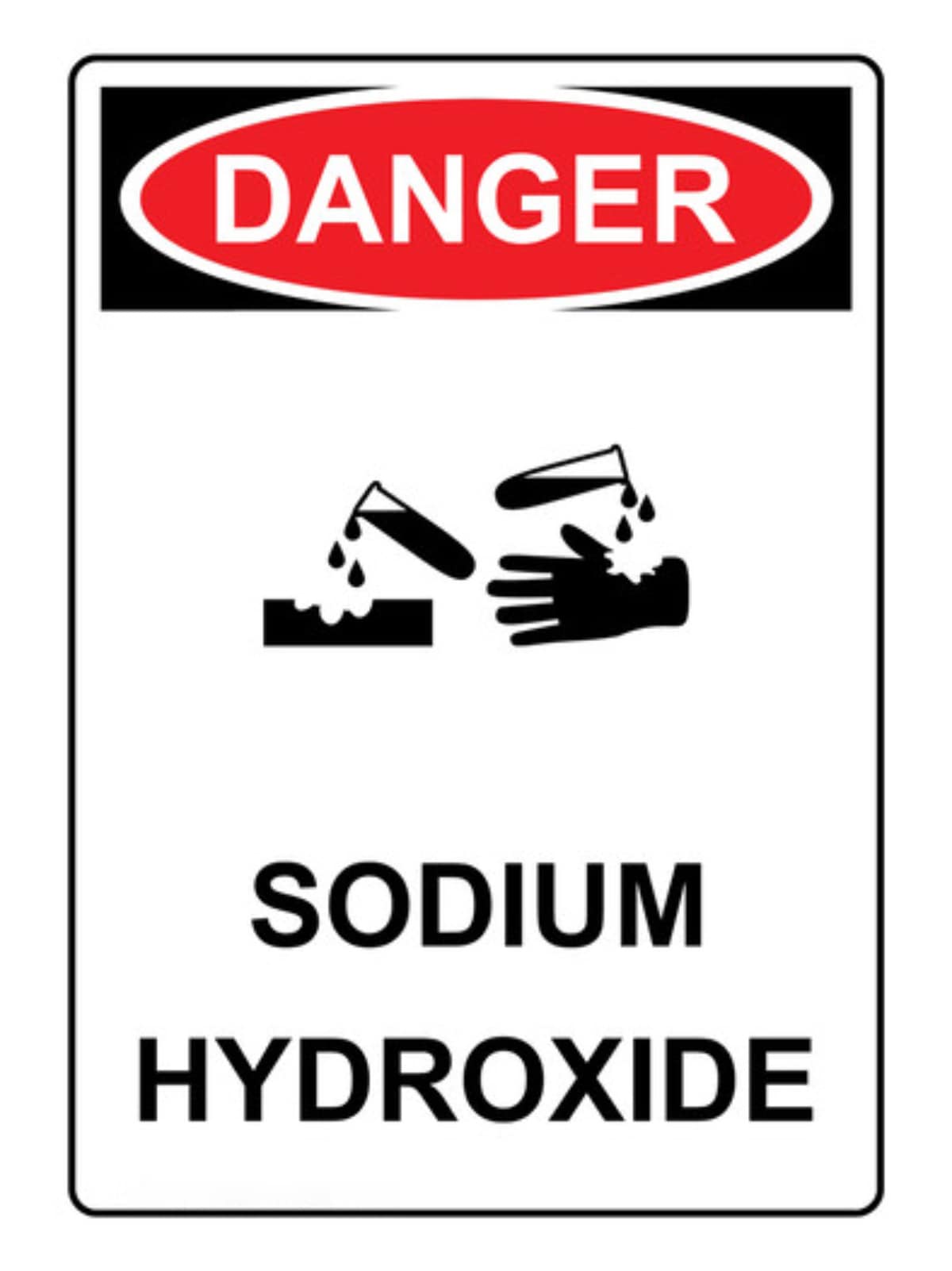
Not many soap makers were chemists in their former lives, or even are accustomed to handling chemicals prior to learning to make cold process or hot process soap. Because of this, there is a gap of education on handling some of the chemicals we use in our manufacturing process.
Lye is also known as NaOH, or Sodium hydroxide. It is very base, or alkaline. Vinegar is also known as Acetic Acid. Remember that grade school science project you used to do to create a volcano? Adding vinegar to the paper mache cone that was primed with baking soda?
You got the most awesome foam pouring up and out of your paper mache volcano! That is because baking soda is a mild base, an alkaline. And again, your vinegar is a weak acid.
But you still get a pretty violent exothermic reaction with your self-contained, homemade volcano action!
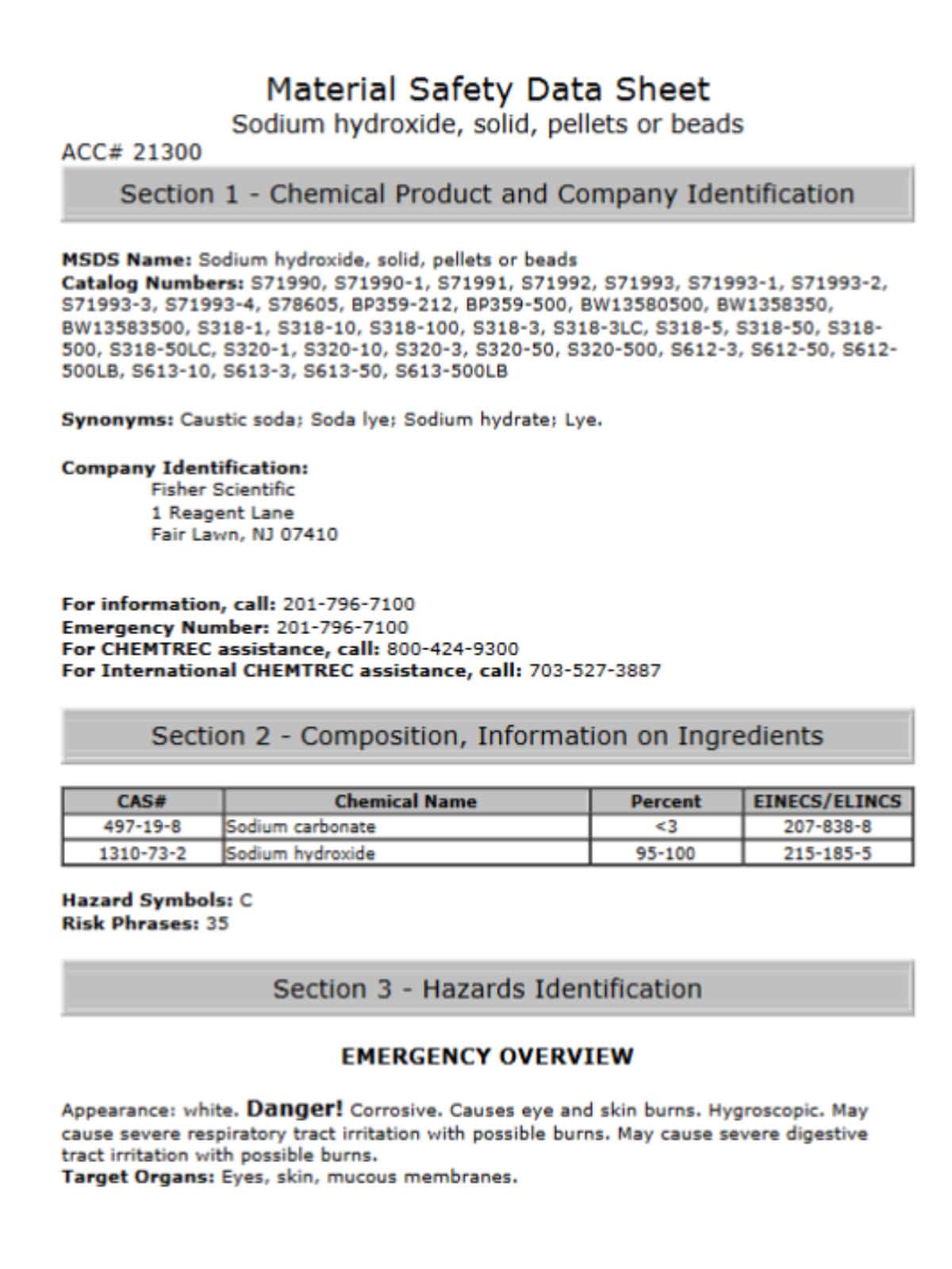
If you read your MSDS (Material Safety Data Sheet) on your sodium hydroxide, in one of the sections there are written instructions on how to manage any type of sodium hydroxide spill.
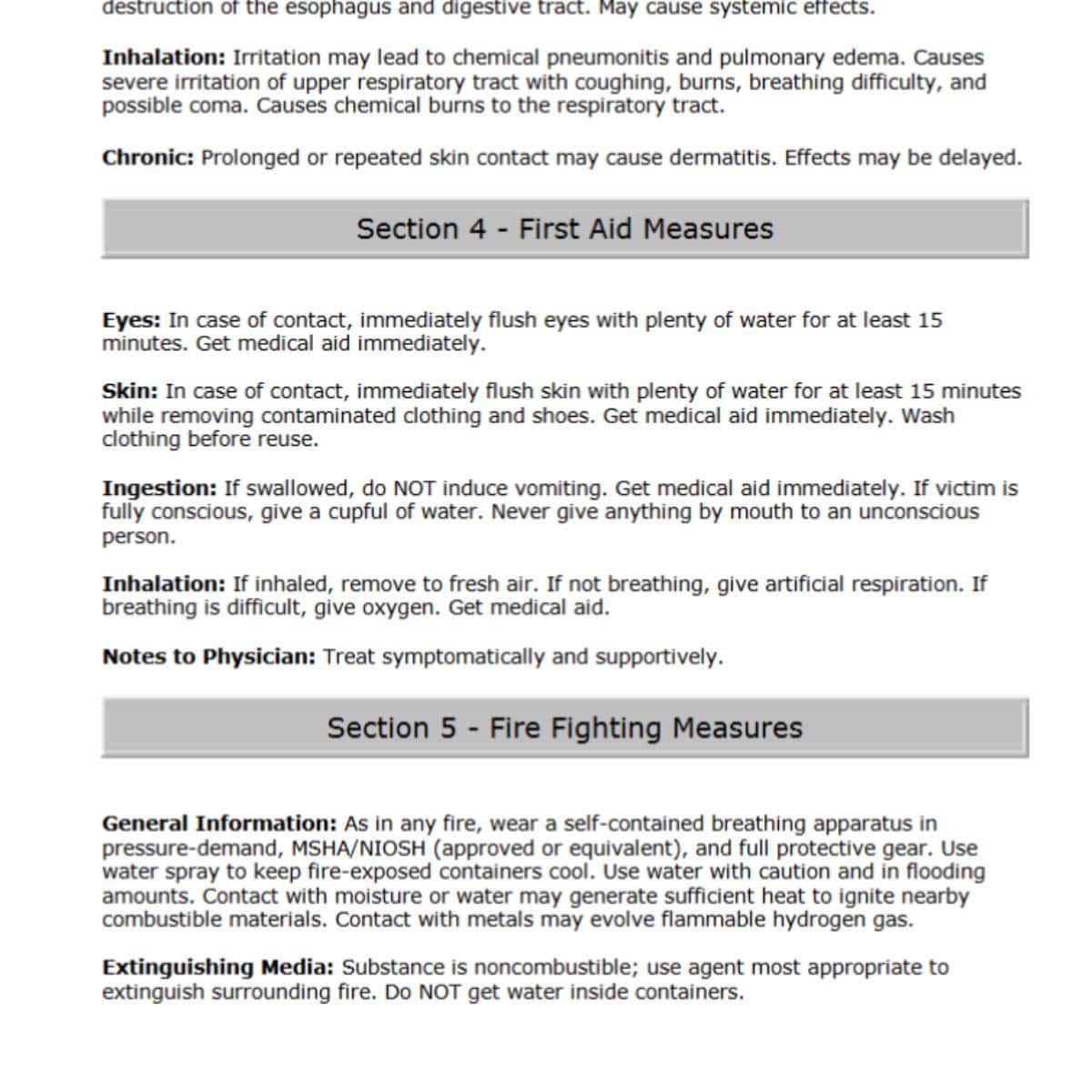
What to do if the spill is dry flakes or beads, and what to do if it is a liquid solution spill. The number one method of clean up is using simply H2O, also known as WATER. Water dilutes the strength of the lye solution or spill.
Water prevents a chemical reaction of acid and alkali, and the resulting exothermic heat discharged during neutralization. You do not want any heat when cleaning up or neutralizing, especially if there is any sodium hydroxide on your skin!
The exothermic reaction of lye and vinegar is much stronger than lye and water. Water weakens the lye spill so that it is safer to clean up.
If you spill lye in dry form, clear the area of people and pets. Carefully sweep the area up.
Wet mop the area with plain, cold water. Later, you can spray a vinegar solution and then mop up again with water to make sure full neutralization has occurred. Be sure to wear gloves and goggles. Remove your clothes afterward and wash them.
If your spill is in liquid form, clear the area of pets and people again. Wear gloves, protective boots, and goggles. If you have Tyvek coveralls, wear them also if this is more than your counter or a small floor spill.
Use rags that can be discarded to absorb as much excess liquid as possible. When wet, toss in your kitchen sink with running water to dilute them. Wring them out and absorb as much of your liquid lye solution from your counter or floor as possible.
Using plain water, mop up the area again until you have absorbed and rinsed the area. You can use the vinegar spray to now neutralize any residual alkalinity now that you have diluted and absorbed the mass of sodium hydroxide solution.
Continue to rinse out your rags you used to absorb the spill with, giving them a vinegar rinse before discarding them or washing them in your washer.
The number one reason you do not want to simply douse your Lye spill with vinegar is because of the massive exothermic heat that is discharged. This can cause extreme damage to skin! Trisha Magistro explained the process with a chemical equation for those of you than would like to see that:
“If it is (the lye spill) a solid (and there is no moisture on your hand) it’s not a problem. However, when you add water (even the little bit of water from perspiration), it will dissolve the NaOH and dissociate it into Na+ ions and OH- ions. The former are harmless. The latter will cause caustic burns. Adding water will make more OH- ions.
Rinsing it with vinegar (acetic acid, CH3COO-H or H-Ac for short) will neutralize it, though this is also exothermic. The reaction is:
Na-OH + H-Ac –> H2O + Na-Ac
(actually, it’s Na+ + OH- + H+ + Ac- –>H2O + Na+ + Ac- )
This will happen very fast, and produce a lot of heat, which will cause burns.
So the best way is to rinse as much of the lye solution off quickly (diluting it) with water and then neutralize the cleaned area with vinegar.” (thank you Trisha Magistro for letting us reprint your chemical reaction equation here).
Plain, ordinary Water (H2O) is what is recommended for cleaning up lye spills.
Vinegar is not recommended on the MSDS. Spraying a vinegar solution mist on your work area after you have cleaned up the lye spill will not harm anything, but vinegar is not your primary liquid to use to clean up a lye spill of any kind.
If you keep large quantities of Sodium Hydroxide (NaOH) on your premises, you also need to retain a copy of your MSDS (Material Safety Data Sheet) on your sodium hydroxide for the safety of any emergency responders. This MSDS link is a generic MSDS for dry sodium hydroxide, and one that you can print off to have in your records, regardless whom you purchase your NaOH from.
Good Luck, and Safe soap making!

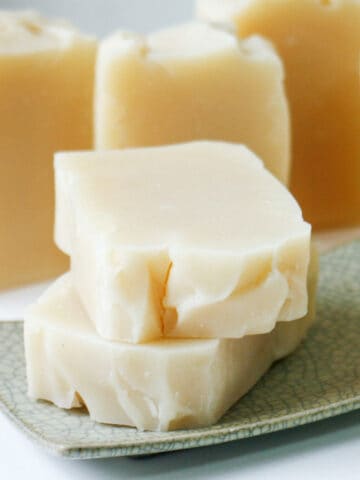
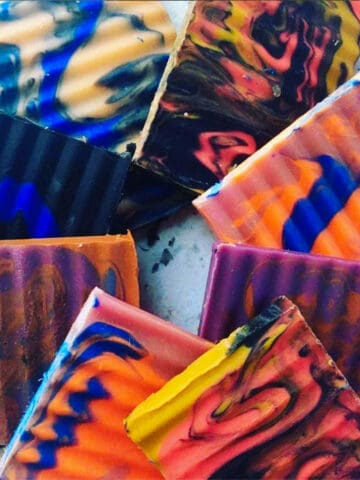
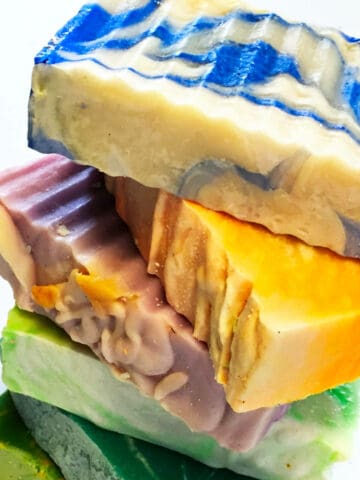
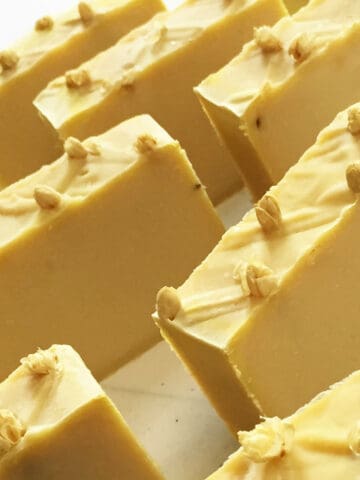
Leave a Reply